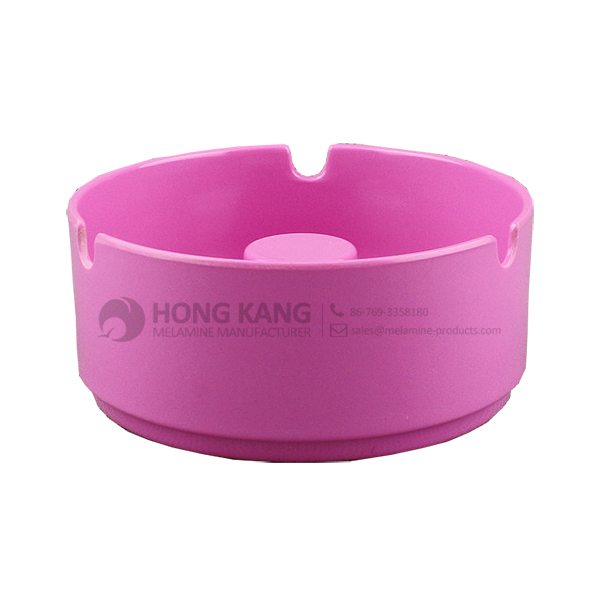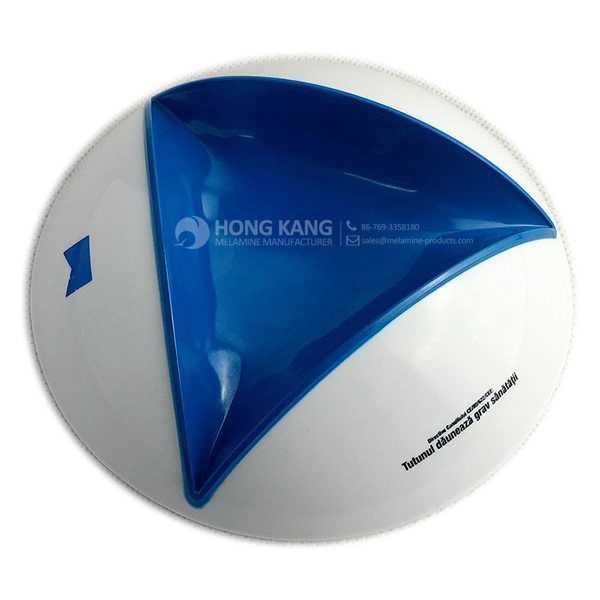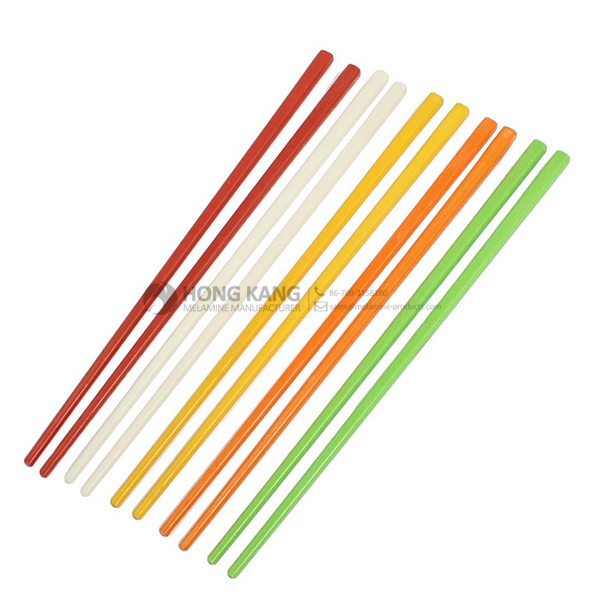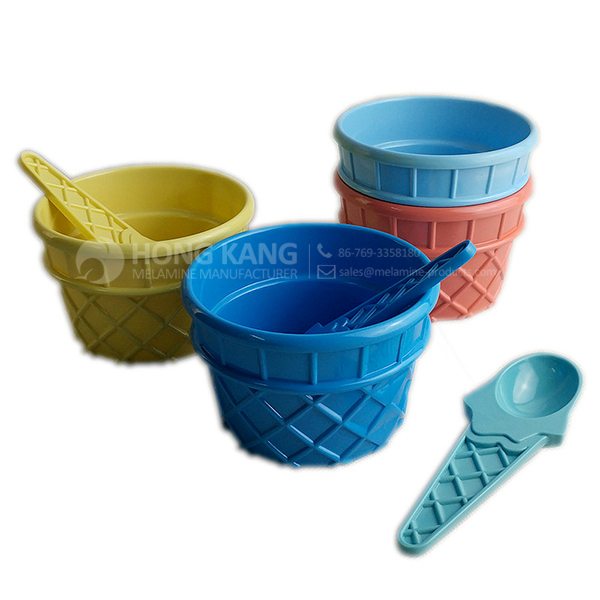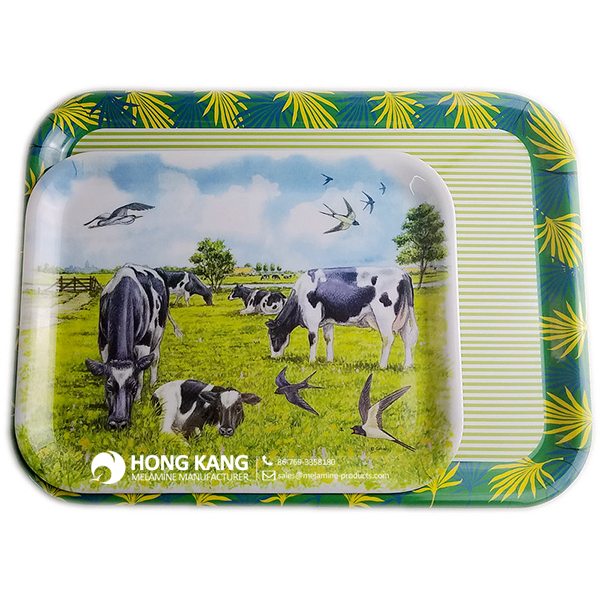Renewable Design for melamine tumblers to Sri Lanka Factory
Renewable Design for melamine tumblers to Sri Lanka Factory Detail:
| Specification | |
| Item Name | 350ml Melamine Tumblers |
| Item No. | CP091 |
| Shape | Round |
| Body Color | Coloful |
| Decal Color | 4 colors print (if need) |
| Finish | Glossy |
| Style | Fashion |
| Motif Design | Customized |
| Shape Design | OEM/ODM |
| Test Standard | FDA,PROP 65,EN71,LFGB etc. by SGS or ITS |
| Packaging | 6pcs/box,72pcs/carton |
| Dimensions | |
| Length | 7.1 cm |
| Width | 7.1 cm |
| Height | 10.7 cm |
| Capacity | 350 ml |
| Material | |
| Body Material | 100%melamine |
| Decal Material (if need) | 4 colors print (CMYK), or spot color printing, RoHS certificate |
| Imprint (if need) | Seiko ink type 1000 or other type, RoHS certificate |
| Accessories Information | |
| Lid included | No |
| Other | No |
| Weights | |
| Net Weight (kg) | 6.7 |
| Shipping Weight (kg) | 8 |
Product detail pictures:
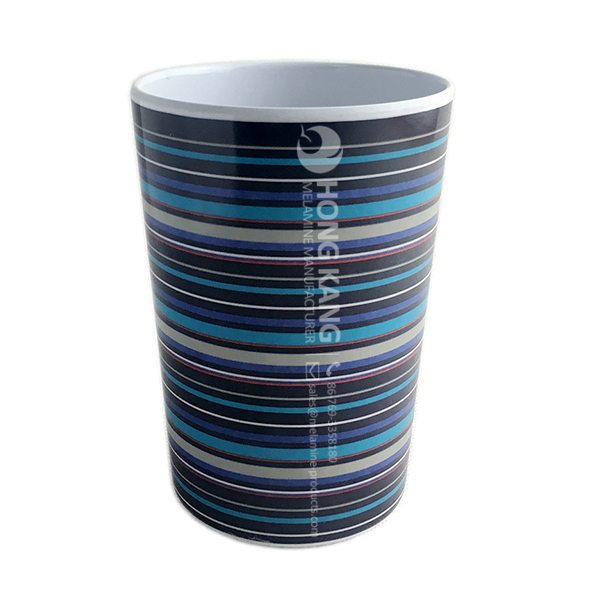
Related Product Guide:
Choosing The Best Dog Bowl and Feeder for Your Dog
Affordable Types of Dinnerware Sets
Our rewards are reduce selling prices,dynamic revenue team,specialized QC,sturdy factories,superior quality services for Renewable Design for melamine tumblers to Sri Lanka Factory, The product will supply to all over the world, such as: Myanmar , Chicago , Congo , We believe that good business relationships will lead to mutual benefits and improvement for both parties. We have established long-term and successful cooperative relationships with many customers through their confidence in our customized services and integrity in doing business. We also enjoy a high reputation through our good performance. Better performance will be expected as our principle of integrity. Devotion and Steadiness will remain as ever.
FAQ: 1.Q: Where is your factory located? How can I visit there? A: Our factory is located in Guangdong province, China. Warmly welcome to visit us! 2.Q: What is the material of your products? A: The material is melamine. 3.Q: How can I get some samples? A: We can send the samples by Express/DHL/FedEx/UPS etc. 4.Q: How does your company do regarding quality control? A: We have a very strict QC system. Our inspectors have been closely monitoring the production process from the selection of raw materials to the final step of the finished products. 5.Q: Can you print our logo on the product & packing? A: Yes, We can print your logo on our products. 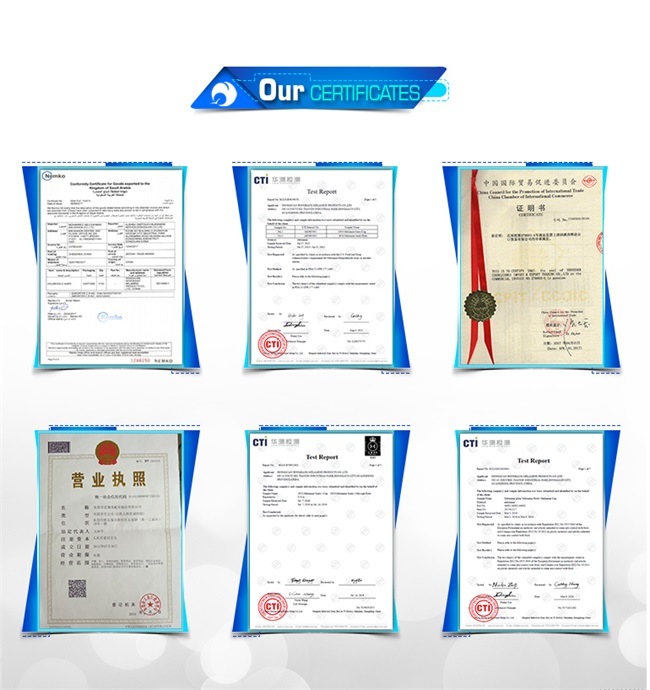
| * Do Not Touch On Fire Directly | |
|---|---|
| * Do Not Washing By Steelwire Ball | |
| * Non-Microwave Ovens | |
| * Dishwasher Safe |
Over 200 motorsports-oriented videos, thrilling and action-packed! Share our passion on YouTube, susbcribe to Motul Channel now ![]() http://www.youtube.com/motul
http://www.youtube.com/motul
Follow us on Twitter: http://www.twitter.com/motul
Join us on Facebook: http://www.facebook.com/motul
Visit us: http://www.motul.com
Music: “The Glitch Mob-Warrior Concerto”
Shop OverandBack at the Dining amp; Entertaining store. Free Shipping on eligible items. Everyday low prices, save up to 50 …
For more details please visit: http://po.st/4tzSES Thank You!
Great Over-and-Back 4-Piece Porcelain Serving Bowl Set Serving Bowls Review
Over-and-Back 4-Piece Porcelain Serving Bowl Set Serving Bowls For Sale
Over-and-Back 4-Piece Porcelain Serving Bowl Set Serving Bowls Unboxing
Review Over-and-Back 4-Piece Porcelain Serving Bowl Set Serving Bowls Product
https://www.youtube.com/watch?v=ptY9A5qcns8
Perfect services, quality products and competitive prices, we have work many times, every time is delighted, wish continue to maintain!






